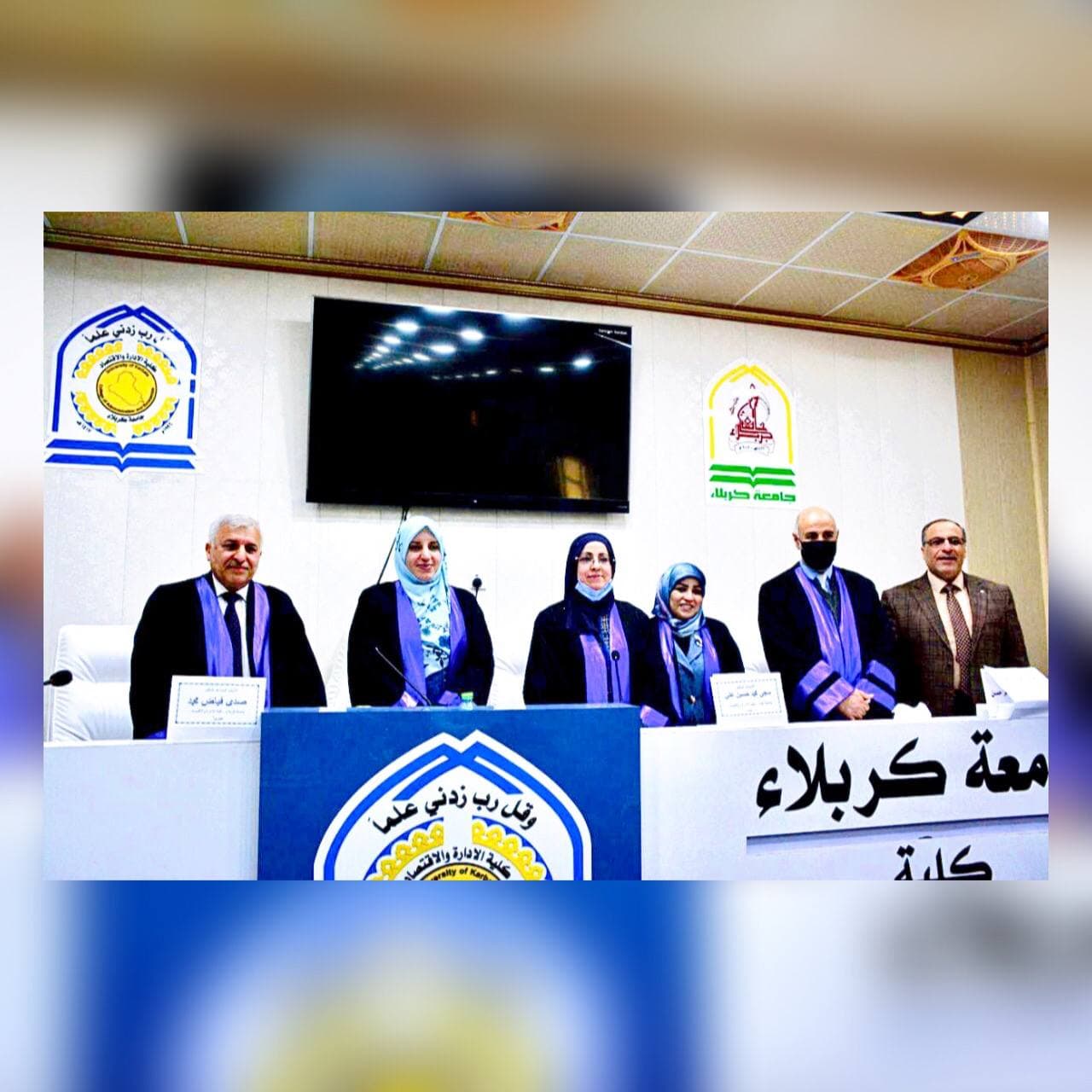The quadratic transformation complex distribution (Exponential- Fréchet)
A Thesis Submitted to
Council of The Administration and Economics/ Karbala University as Partial fulfillment of the Requirements for the Degree of Master of Science in Statistics
Presented by
Hadeer Sadi Sahib
Supervised By
Prof.Dr Mahdi Wahab Neama Naser Allah
Abstract
In this thesis, a probabilistic function for the complex distribution was built, which is an exponential distribution with three parameters as a shape parameter and two scale parameters by integrating two distributions which are the (exponential) and the (Frechet) distribution which produced the complex distribution (exponential – Frechet) and then we study the ranks conversion map of the second degree (squared) and applied to the complex distribution by adding the transfer parameter as it is called the shape parameter so the distribution with four parameters becomes two parameters shape α, θ and two scale parameters β, λ, which is characterized by flexibility and efficiency over single distributions, also three methods of estimation were used to estimate the parameters of the distribution [ Maximum Likelihood method (ML), Weighted least squares method (WLS), Anderson Darling method (AD)], in order to compare the estimation methods, Newton Raphson simulation method was employed using Mathematica 12.2 program by using different sample sizes (small, medium, large) and choosing different values for the distribution parameters, eight models were used. The aim of this is to know the behavior style of the scales and by using the statistical standard mean square error(MSE) was the preference in estimating the parameters was the Anderson –Darling method when small sampel sizes and Maximum Likelihood Method when large sample sizes. The distribution was applied to real data represented by kidney failure disease. This data was taken from the letter of Adham Muhammad Sahib al-Bayati. The sample size was (91) person representing the patient’s survival times until death using good-matching criteria the superiority of the transformed complex































































